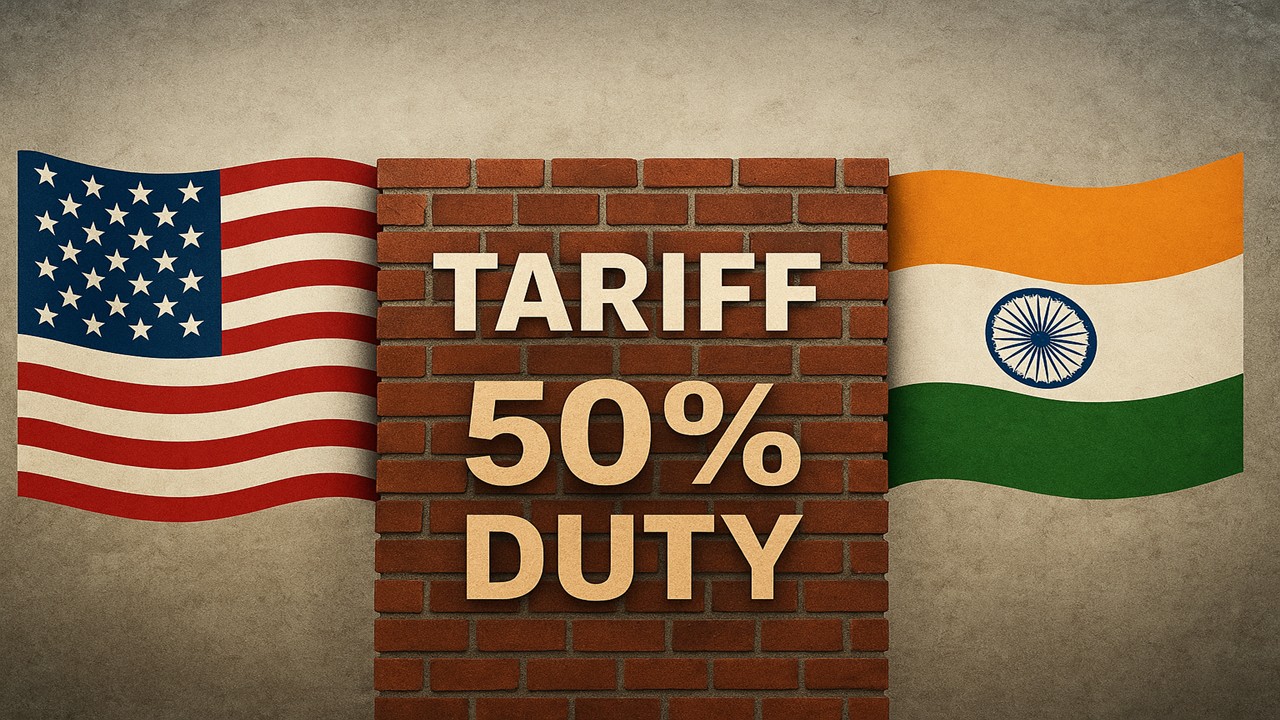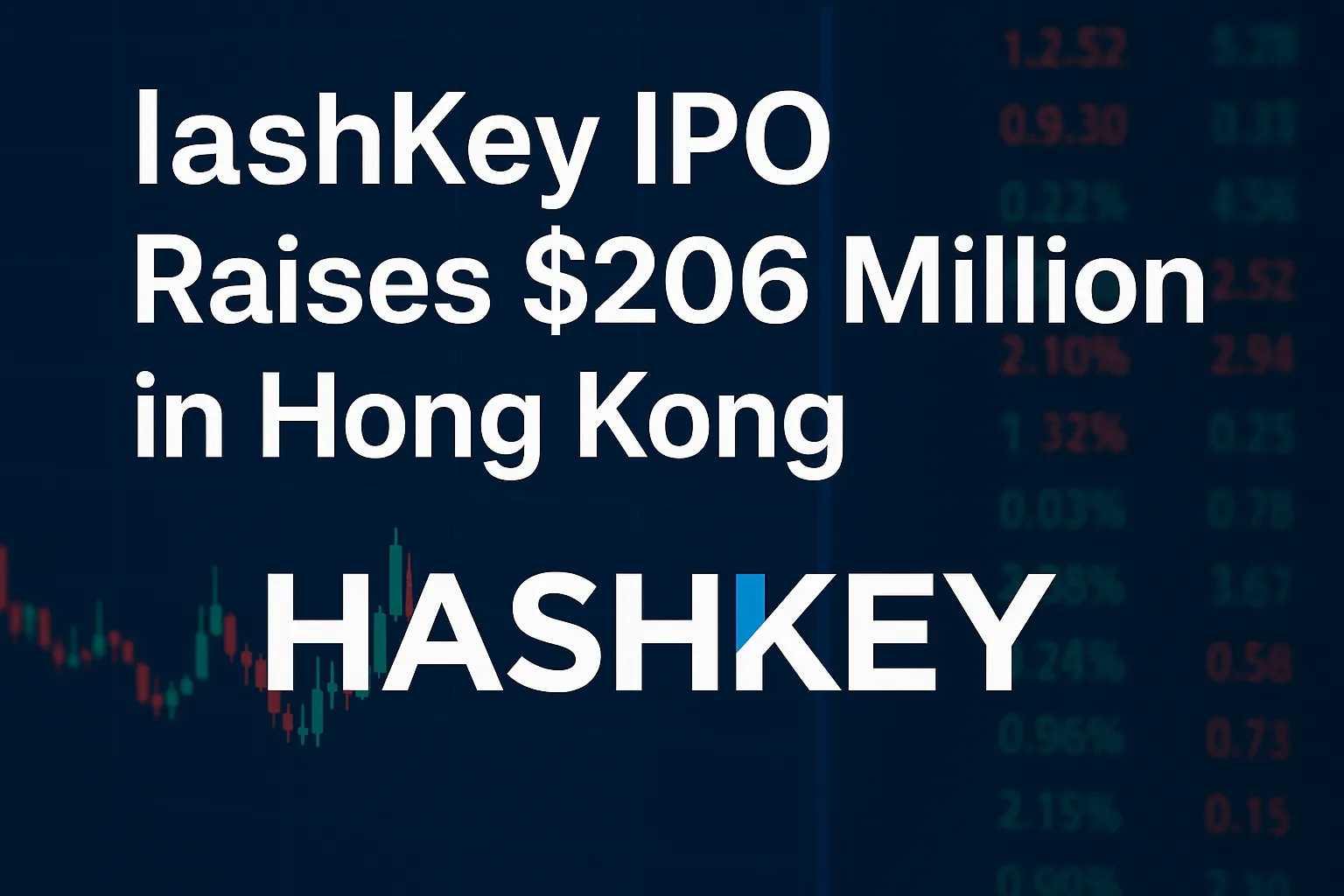
हिंदी में पढ़ने के लिए मेनू बार से हिंदी भाषा चयन करें।
US President Donald Trump has once again stirred global markets with his aggressive tariff policies. By slapping high import duties on several countries, including a 50% tariff on Indian goods, Trump aims to protect American industries and jobs. But is this really a strategy that will benefit the U.S. in the long run, or is America digging a hole for itself?
Short-Term Political Gain vs Long-Term Economic Pain
For Trump, these tariffs are more than just an economic tool — they’re a political weapon. By showing the American public that he is protecting domestic manufacturers, Trump strengthens his “America First” narrative. At first glance, this seems like a win: U.S. companies face less competition from foreign imports, and voters see a strong leader standing up for them.
But beneath the surface, the problem is much deeper. Countries like India are not sitting idle. If America closes its doors, nations like India will simply diversify their markets — increasing trade with Europe, Southeast Asia, Africa, and even building stronger domestic industries. This means U.S. exporters may gradually lose a big consumer base, making it harder for them to sell abroad in the future.
India’s Options Beyond the U.S.
Trump may think tariffs will force India to bend, but in reality, India has several options:
- Expanding exports to Europe and ASEAN countries.
- Strengthening ties with African markets, where demand for Indian goods is already rising.
- Focusing on self-reliance (Atmanirbhar Bharat) and building stronger internal markets.
If India reduces its dependence on the U.S., Washington will lose an important trade partner, creating a boomerang effect for American businesses that want access to India’s 1.4 billion-strong market.
Also Read US Slaps 50% Tariff on India — Markets Shaken, Exporters Worried
A Self-Inflicted Wound for America
Trade wars are never a one-way street. If the U.S. keeps raising tariffs, other countries will retaliate, making American goods more expensive abroad. For example:
- U.S. farmers could lose export markets for soybeans, cotton, and wheat.
- American tech companies could face stricter regulations in foreign markets.
- Consumers in the U.S. would end up paying higher prices for imported goods.
In short, tariffs may protect some industries temporarily, but they also raise costs and limit opportunities. The global economy always finds new routes — if one door closes, trade flows to another. By overplaying tariffs, Trump may unintentionally isolate America.
Water Always Finds Its Way
There’s an old saying: if you block water, it will create a new path. The same applies to global trade. Trump may believe tariffs will keep the U.S. strong, but in reality, he may be pushing other countries closer together, creating new alliances that bypass America.
The danger is clear: once lost, markets are hard to win back. If India, China, and Europe start trading more with each other, the U.S. will be left out of the game.
Also Read US Imposes 25% Tariff on India – What It Means and Its Impact
Outcome
Trump’s tariff strategy may bring him short-term applause from American voters, but the long-term cost could be devastating. By putting up walls, the U.S. risks isolating itself while the rest of the world builds new bridges.
In the end, protectionism may sound powerful in speeches, but on the ground, it’s like cutting off your own oxygen supply. Water always finds its way, and so does global trade. The only question is — will America realize this before it’s too late?




































































